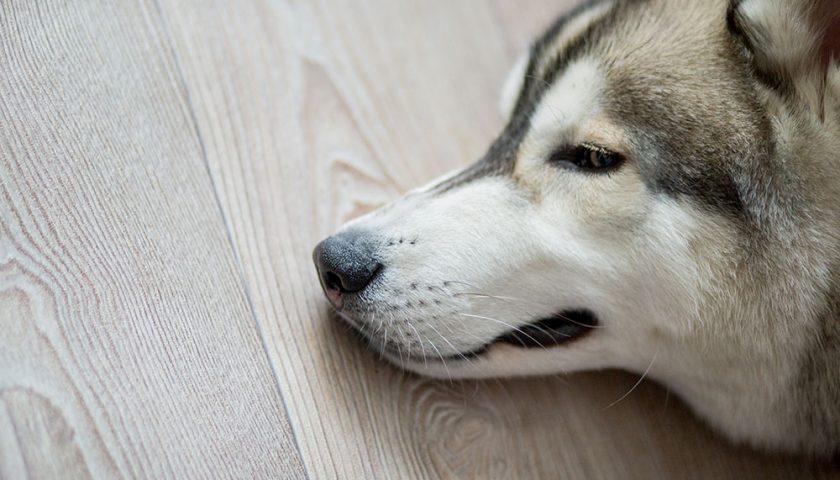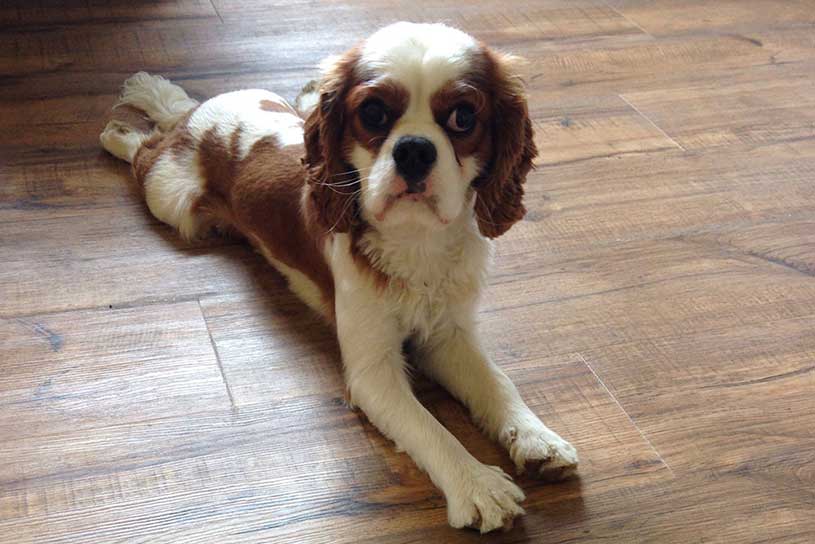LUXURY vinyl tiles (LVTs) and planks have sometimes been compared with laminate flooring. So what’s the difference?
Laminate flooring is considered to be easy to install, but moisture or high humidity can easily affect the product if not controlled. The key point is successful control of relative humidity. The core of a laminate has been described as acting like a sponge, absorbing moisture causing it to expand. If there is not enough expansion in a room, the floor will buckle, or the joints of the laminate will squeak as you walk across it.
The biggest issue is when water is repeatedly applied to the seams they swell and lift, causing one ugly looking floor and permanent damage.
LVT, on the other hand, is a heavy duty vinyl floor, produced in individual tiles or planks. Think of it as a laminate floor without the major issues that water and moisture cause.
LVT products are generally made of highly moisture resistant PVC or virgin vinyl. This results in a floor that is easy to maintain and clean, highly durable and easy to install. An LVT can be fully glued down, or installed with glue less self-locking edge just like a laminate.
Laminate flooring and LVT are similar in that both have cost and durability advantages over such other solid-surface flooring choices as hardwood, ceramic or stone. Both imitate natural surfaces like wood or stone – or other flooring types for that matter.
Both are easier to maintain than wood or tile. For example, hardwood or engineered-wood floors may need refinishing, and some tile types may need resealing or re-grouting. Both can allow for repair by replacement of a damaged plank or tile. Both have wear layers. LVT may have a clear-vinyl and urethane coating to protect it.
LVT and laminate flooring: The differences:
They’re made out of different materials. Laminate flooring is made of layers.
The primary layer (the core) is made of high-density fibreboard (HFD). This gives laminate flooring its rigidity and strength. LVT is made in layers as well; its primary component is PVC vinyl, which makes LVT dimensionally stable and flexible.
They install differently. Laminate flooring is a floating-floor system that should never be nailed or glued to the subfloor. Some LVT products now offer a floating-floor approach to installation.
LVT installs traditionally as a glue-down system by the application of a separate adhesive or the use of peel-and-stick tiles or planks. They feel different. Because laminate flooring is made primarily from wood, it feels like wood. LVT is made out of vinyl and it feels like plastic.
They handle stains and flame differently. Laminate flooring is highly stain-resistant and will not be damaged by limited flame exposure, like a hot ember tossed through a fireplace screen. Some LVT is very susceptible to staining and will be damaged by limited flame exposure.
Contract Flooring Journal



